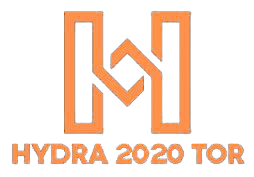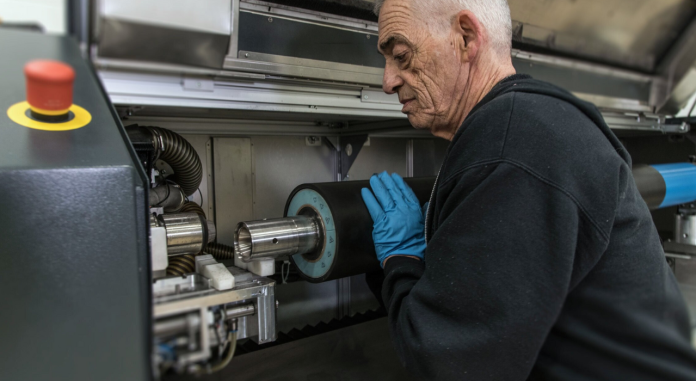Laser Engraving manufacturers have several great engraving technologies for the making of the flexo printing procedures. They have the electronic engraving machines and the laser engraving machines for the making of the plates. Their electronic engraving machines have an electronically managed diamond stylus that reduces the cells wanted for making the favored photograph or text on a plate cylinder for remedy printing.
The flexographic printing plate making and engraving era have advanced considerably, leading to improvements in print pleasure, efficiency, and versatility. Right here’s a comprehensive take look at the approaches and technologies involved:
Evaluation of Flexographic Plate Making
Flexographic plate making includes growing a relief photograph on the printing plate, where the raised regions will switch ink to the substrate. The manner normally consists of photograph guidance, plate publicity, washing, drying, and submit-processing. The development of digital technology has significantly improved the precision and efficiency of these steps.
Kinds of Flexographic Plates
Photopolymer Plates
Those are the maximum typically used flexographic plates, providing high-quality elements and consistent print. They may be made from a photosensitive polymer that hardens while exposed to UV light.
Rubber Plates
Traditionally used, rubber plates are long-lasting and value-powerful for specific packages but were in large part changed using photopolymer plates due to the latter’s superior best.
Plate Making Procedure
Image Instruction
Step one includes developing the layout with the use of graphic software. The photograph is typically separated into CMYK or spot colorings, depending on the print necessities. The digital image is processed and transformed into a format suitable for plate-making. This step consists of adjustments for coloration, screening, and dot shape.
Plate Imaging
In conventional analog plate-making, a movie based on the photo is created and positioned over the photopolymer plate. The plate is then exposed to UV mild thru the film, hardening the exposed areas. Virtual plate-making uses a laser to at once photograph the plate without the want for a film poor.
A carbon mask layer at the digital plate is ablated by using a laser, developing the image areas. This mask is then removed, and the plate is exposed to UV mild, hardening the exposed polymer.
Exposure
The plate is exposed to UV light, which hardens the image regions. The length and depth of the publicity decide the depth and hardness of the photo. This pre-publicity step hardens the plate’s base and sets the relief height by defining the thickness of the non-printing regions.
Washout
Traditionally, solvent is used to wash away the unexposed areas of the plate. This manner calls for drying and submit-exposure to ensure whole hardening. Water washable plates use water as opposed to solvents, making the technique more environmentally pleasant and less hazardous.
Drying
After washout, the plate is dried to eliminate any ultimate solvents or moisture. Right drying is critical to maintaining the integrity and performance of the plate.
Post-Exposure and Completing
Extra UV exposure guarantees that each region of the plate is hardened. This step enhances the sturdiness and stability of the plate during printing. The plate undergoes floor remedy to make sure most fulfilling ink transfer and print first-class. This could include extra publicity to extraordinary wavelengths of light to finalize the floor houses.
Engraving Generation
Flexographic plate engraving is a sophisticated method for developing superplates with elaborate information and unique control. Direct Laser Engraving (DLE) uses high-powered lasers to engrave the photograph directly onto the plate material.
CO₂ and Fiber Lasers have a range in wavelength and electricity, bearing in mind engraving on distinctive types of substances. Present-day laser engraving structures are regularly integrated with computerized loading and unloading mechanisms, improving production efficiency and consistency.
Ending Remarks
The flexographic plate-making and engraving era has transformed considerably, driven by improvements in digital and laser technology. These innovations have advanced the precision, efficiency, and environmental impact of the plate-making process, resulting in terrific prints and flexible applications across diverse industries. The continued improvement in this subject guarantees further upgrades in print best and manufacturing performance, solidifying flexography’s function as a leading printing era.








